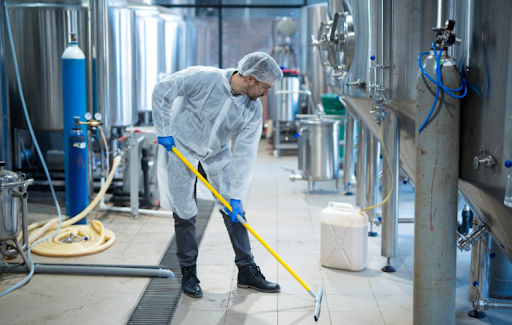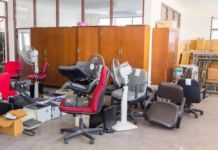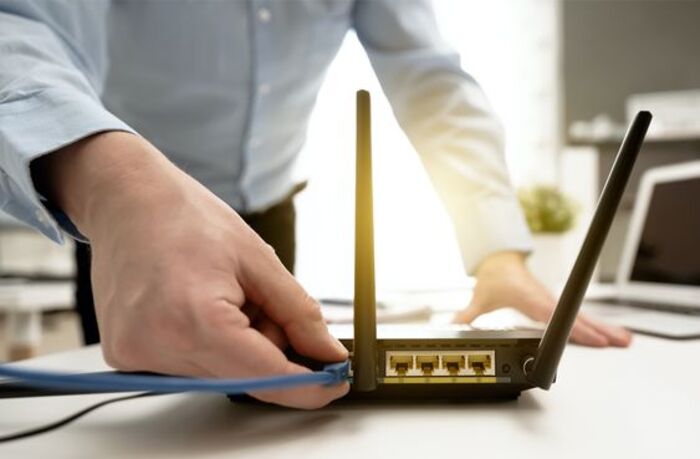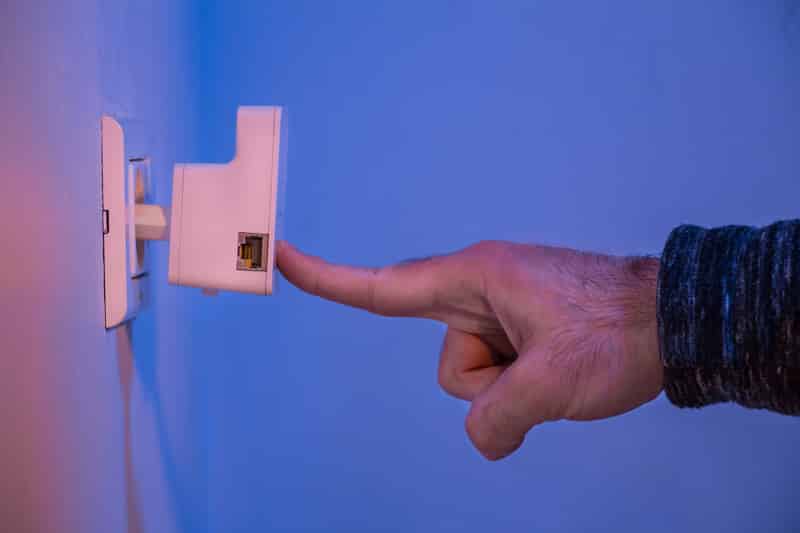Cleanrooms are an essential facility for various types of industries, including pharmaceuticals, electronics, food processing, and medical device manufacturing. They play a vital role in maintaining a clean environment.
Here is a detailed guide on ISO classified cleanroom cleaning. Keep reading to know about ISO classification, cleaning procedures and protocols, monitoring and maintenance, and specific considerations for different ISO classes.
Understanding ISO Classification
The standard that defines cleanroom classifications is based on the concentration of airborne particles, including their size and quantity. The cleanest class is referred to as ISO 1. Similarly, with progressively higher particle counts, these classes go up to ISO 9.
ISO classifications have a significant impact on the cleaning. Higher ISO classes with a low number of particles need more frequent and rigorous cleaning to maintain the required cleanliness level.
Cleaning Procedures and Protocols
Here are some valuable tips for the ISO classified cleanroom cleaning:
- Develop a Cleaning SOP: Establish a clear standard operating procedure that details the specific cleaning steps, materials, and frequency for each area within your cleanroom.
- Use Cleaning Agents: You must use cleaning agents specifically designed for cleanrooms. Make sure they are compatible with surfaces and won’t leave residue.
- Focus on Cleaning Techniques: You can employ techniques, such as wet piping, mopping, and vacuuming with HEPA filters. This will help minimise particle generation and dispersion.
- Opt for Directional Cleaning: Start cleaning from the cleanest area to the least clean one to prevent cross-contamination.
- Ensure Disinfection: You must regularly disinfect the surfaces, especially in critical areas. This is essential to control microbial contamination in the room.
Monitoring and Maintenance
You must implement a proper system to monitor the airborne particle count in the cleanroom. This will help you determine and assess the potential issues early, so that you can ensure compliance with the ISO classification. Moreover, it is essential to regularly inspect and replace the HEPA filters, ensuring they function optimally.
You must maintain a detailed record of all the cleaning activities, including dates, times, personnel involved, and any deviations from the SOP. Conduct proper performance qualifications to verify your cleanroom operates effectively under normal conditions. This will help you assess the overall condition and take essential measures accordingly.
Specific Considerations for Different ISO Classes
To make an informed decision and ensure the best for your cleanroom, you must understand the specific considerations for different ISO classes. This is essential to implement appropriate procedures according to the needs of each class, maintaining a robust monitoring program.
Here is the detailed explanation of specific considerations for different ISO classes:
- Higher ISO Classes (ISO 1-5): They require more frequent and proper cleaning with specialised cleaning agents and techniques. The main focus for these classes is to minimise particle generation.
Lower ISO Classes (ISO 6-9): These classes may need less frequent cleaning compared to higher ISO classes. However, still adherence to established protocols and proper material selection is necessary. Otherwise, it will lead to many severe problems and costly issues later.







